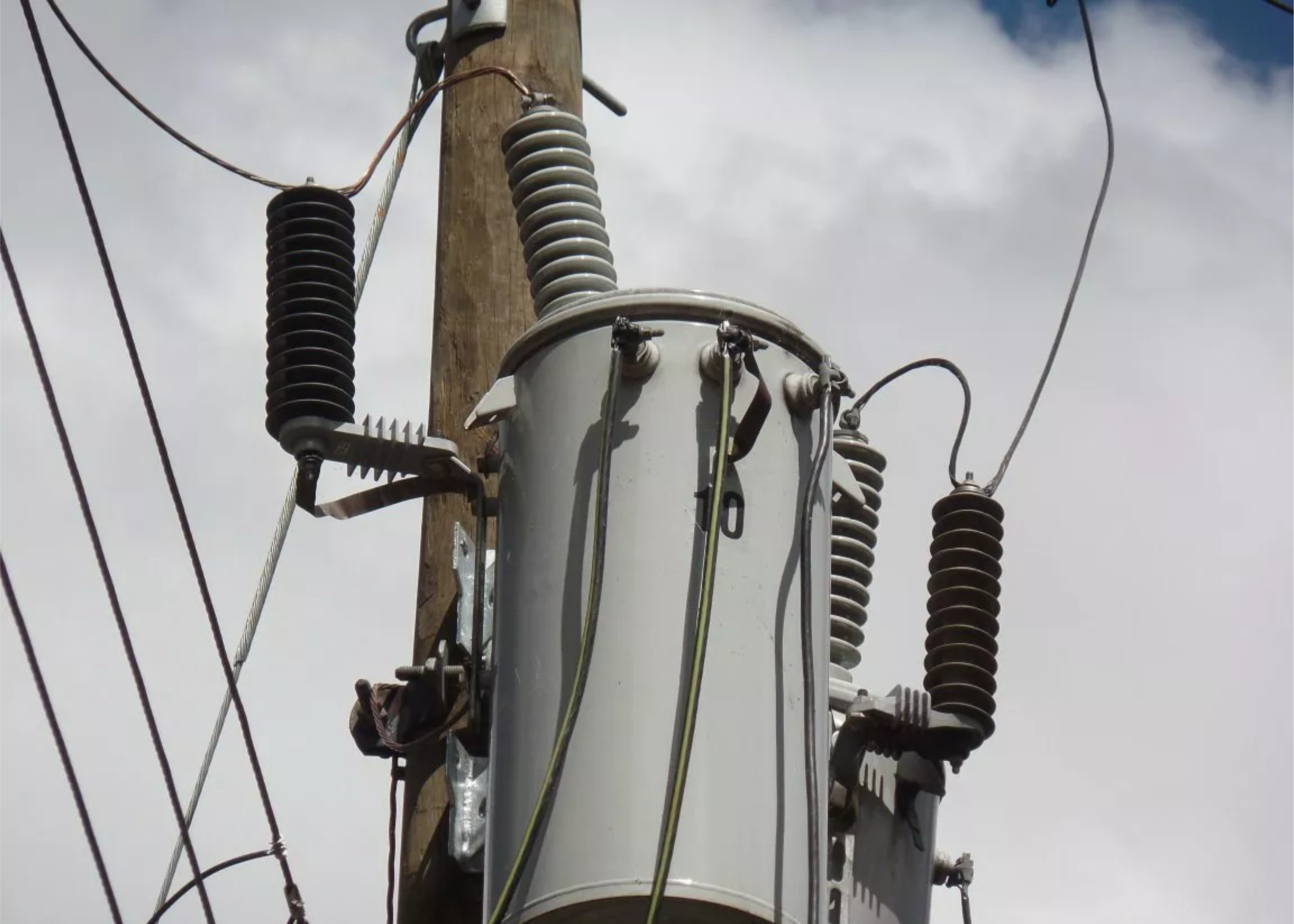The Evolution of Distribution Arrester Technology
This essay traces the historical development and advancements in surge arrester technology specifically designed for electrical distribution systems. It examines how these crucial protective devices have evolved over time to meet the increasing demands for reliability and efficiency in power delivery. The paper will likely delve into the fundamental principles behind surge protection, the initial designs and materials used in early arresters, and the subsequent innovations that led to the sophisticated devices we use today. This includes exploring the shift from older technologies to modern metal-oxide varistor (MOV) arresters, highlighting their improved performance characteristics such as enhanced energy absorption capability, faster response times, and increased durability. Furthermore, the essay will probably discuss the impact of these technological advancements on grid stability, equipment longevity, and overall service continuity for consumers.
Specifications
Advancements in Distribution Arrester Technology
Distribution arresters, crucial components in power systems, have undergone significant technological transformations over the past few decades, evolving from commodity items to sophisticated devices with enhanced performance and reliability.
From Commodity to Critical Component
Historically, distribution arresters were considered commodity products, with little differentiation among manufacturers. This often led to purchasing decisions based solely on price, sometimes resulting in higher failure rates and increased costs for utilities. However, a shift is occurring, particularly in developing countries, where utility engineers now prioritize performance and reliability for critical components like arresters to support "high-tech" industries.
Key Technological Shifts
Two major technological shifts have revolutionized distribution arresters:
-
Changeover to Metal Oxide Varistor (MOV) Technology: Beginning in the mid-1980s, MOV technology gradually replaced the older silicon carbide gap-type designs. This transition was driven by the economic and performance benefits of MOV, which eliminated the need for complex series gaps. While initial adoption was slower for distribution voltages due to the need for re-engineering, MOV quickly became the standard once adapted. The core of MOV arresters is ultra-pure zinc oxide mixed with other metal oxides, processed through specialized equipment to create high-quality, homogenous blocks. The production of these blocks often diverges from the final arrester assembly, with only the largest manufacturers producing their own due to the significant investment and expertise required. Interestingly, the superior protection offered by MOV arresters makes them more susceptible to ferroresonance, a rare but problematic overvoltage phenomenon, which line designers can mitigate.
-
Transition to Polymeric Housings: Starting in the late 1980s, there was a near-complete shift from porcelain to polymeric materials for arrester housings. This rapid adoption, unusual for the conservative utility industry, highlights the clear advantages of polymers in terms of pollution performance, safety, and moisture ingress protection. While various polymers are used, silicone rubber is the most common due to its superior properties, such as higher UV and ozone resistance, and long-term hydrophobicity, despite its higher cost. Advances in material formulations have resolved early issues with polymeric arresters, ensuring excellent dielectric performance and hydrophobicity. The performance of an arrester, however, is not solely dependent on the housing material but also on its design and manufacturing quality.
Design and Manufacturing Innovations
The rare failure of polymeric arresters, typically less than one in a thousand per year, is often linked to factors like isokeraunic activity (lightning strikes) or controllable design and construction elements.
-
Mechanical Containment of MOV Blocks: How MOV blocks are mechanically bound is critical for pressure relief during internal short-circuits. Two primary methods exist:
- Wrapping Approach: Fiberglass cloth impregnated with epoxy resin is wound around the blocks under high tension. While strong, this method requires careful design to allow internal gases to escape in case of a short-circuit, preventing explosive failures.
- Cage Approach: Fiber-reinforced straps tightly bind the varistor column, forming a "cage" that allows power arcs to burn through the external housing without significant pressure buildup, enhancing safety.
-
Role of Disconnectors: Most distribution arresters, especially in the Americas, include a disconnector to prevent permanent outages and provide a visual indication of failure. These specialized devices must be robust enough to withstand normal surges but operate quickly when the arrester is overwhelmed. Disconnectors are a key differentiator among manufacturers, as their performance directly impacts grid reliability.
-
Housing Application Techniques: Two main manufacturing processes are used to apply the polymeric housing to the internal varistor column:
- Slip Over Technique: A pre-manufactured hollow polymeric housing is pulled or stretched over the contained blocks. This method offers efficiency and flexibility, allowing for different configurations and shorter lead times.
- Direct Mold Technique: The housing is molded directly onto the varistor column under pressure and temperature. This approach, often requiring significant investment in molding machinery, is well-suited for high-volume production, particularly with silicone rubber.
Regardless of the technique, ensuring no voids between the module and housing and achieving a complete seal at the interface with metallic end hardware are crucial to prevent moisture ingress and arrester failure.
Future Outlook
Distribution arrester technology is considered mature, with current designs being cost-effective and high-quality. Future advancements will likely focus on:
- Enhanced Manufacturing: Increased automation and refinement of processes for higher volume, reduced costs, and improved reproducibility.
- Material Formulations: Exploring opportunities for faster curing and shorter cycle times.
- Flexible Manufacturing: Developing adaptable processes that allow for a single platform technology with design modifications to meet specific user needs.
- Product Development: Improving the energy absorption capability of MOV blocks and better matching arrester function to specific application requirements.
- Integrated Protection: Potentially integrating varistor elements directly into equipment like transformers, turning insulation into a voltage-limiting component, though this would require solving challenges related to energy dissipation and new material design.
The evolution of distribution arresters, marked by the shift from silicon carbide to MOV technology and porcelain to polymeric housings, has significantly improved their performance and reliability. Continued innovation will likely focus on refining existing technologies and exploring new ways to integrate protective functions directly into electrical equipment.


